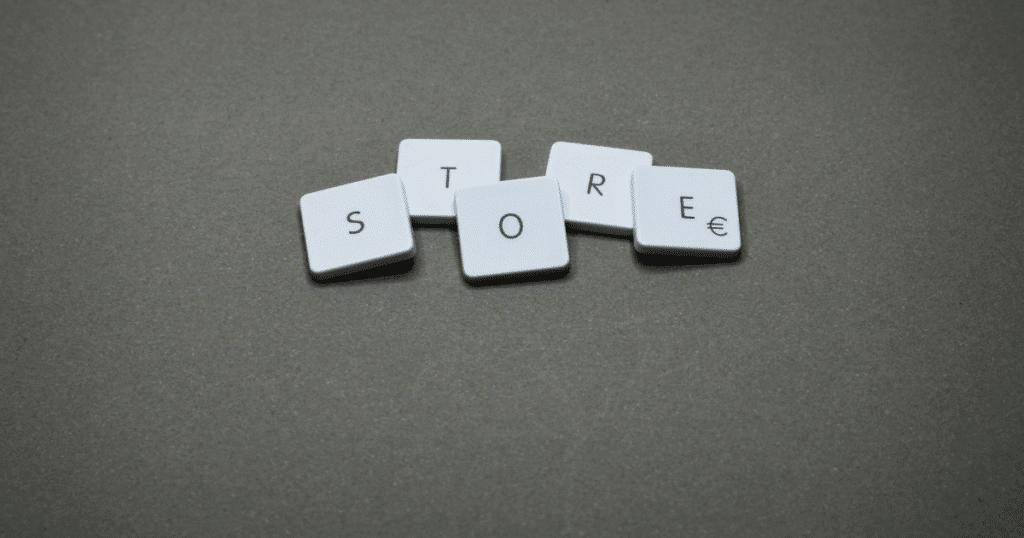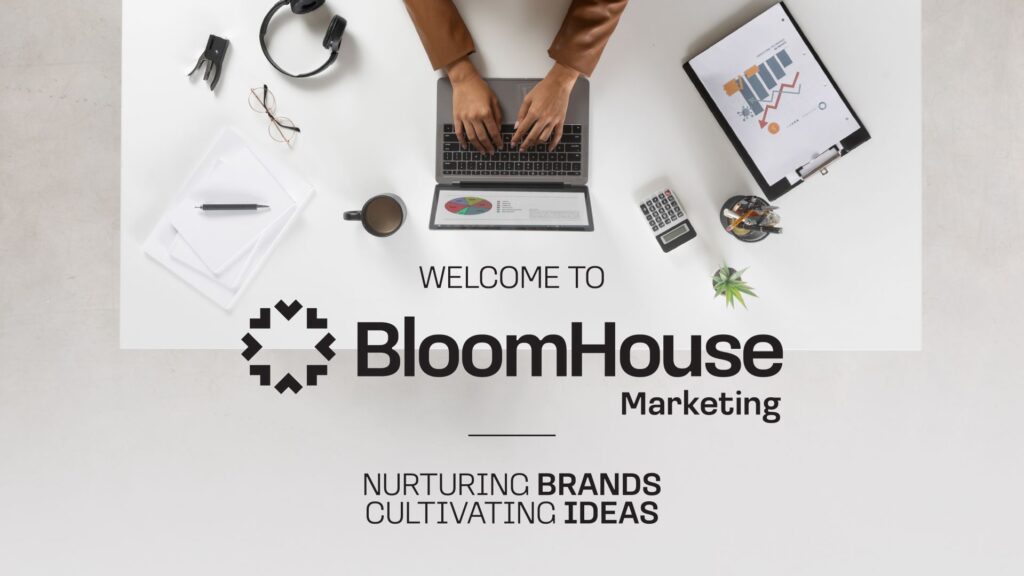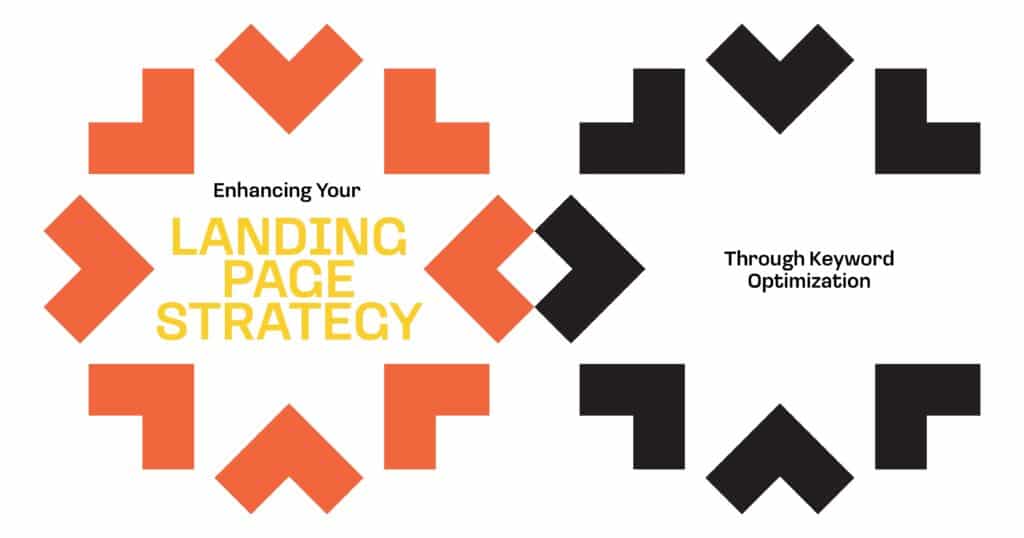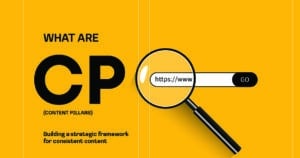In the fast-paced world of digital marketing, where attention spans are shrinking and competition is fierce, a landing page is often the make-or-break moment in a customer’s journey. It’s the first impression, the conversion engine, and the bridge between ad clicks and business growth. But even the most beautifully designed landing page won’t deliver results without one essential ingredient: keyword optimization.
Optimizing your landing pages isn’t just about sprinkling relevant search terms into your content -it’s about aligning user intent, design, content, and performance to guide visitors smoothly toward conversion. From boosting search visibility to improving user experience and increasing conversions, keyword-optimized landing pages are the backbone of effective digital campaigns.
The Importance of an Optimized Landing Page
Your landing page is often the final destination for users who’ve clicked on an ad, email, or search result -and its effectiveness directly impacts your bottom line. A well-optimized landing page doesn’t just attract visitors; it turns them into customers by delivering exactly what they’re looking for.
Research shows that companies with optimized landing pages see up to 55% higher conversion rates than those with poorly structured ones. Why? Optimized pages connect with user intent, load quickly, offer a seamless experience, and speak directly to the visitor’s needs. They combine strong SEO fundamentals with clear messaging and intuitive design to keep users engaged and guide them toward taking action.

Key Elements of Landing Page Optimization
Landing page optimization is a multi-layered process. It involves fine-tuning several key elements to ensure your page not only attracts the right traffic but also converts it. Here’s what matters most:
- Relevant Keywords
- Content Relevance
- Compelling Headlines
- Clear Call to Action (CTA)
- Page Load Speed
- Mobile Responsiveness
- Visual Hierarchy
Designing Landing Pages That Convert
A landing page’s design is often the deciding factor between a visitor bouncing or converting. It’s not just about looking visually appealing – it’s about strategically guiding the user’s journey from the moment they arrive to the moment they take action. Every element on the page, from the layout and imagery to the copy and call-to-action placement, should work together to remove friction and build trust.
Start with a clear, attention-grabbing headline that communicates value instantly, then lead the eye naturally through well-structured sections, using whitespace and visual hierarchy to emphasize key points. Incorporate high-quality visuals or videos that reinforce your message and make your offer feel tangible. Most importantly, keep the design clean, responsive, and distraction-free, so the user’s focus remains on the action you want them to take, whether it’s signing up, purchasing, or requesting a demo. A well-designed landing page doesn’t just capture attention — it converts interest into action.
Effective Use of Visual Elements and Layout
Design plays a crucial role in how users interact with your landing page. A cluttered, confusing layout can increase bounce rates, while a visually appealing and intuitive design keeps users engaged. Focus on a clean, user-friendly structure with clear sections, engaging visuals, and strategic placement of CTAs.
Visual storytelling also matters. Use high-quality images, icons, or videos that reinforce your message and evoke emotion. Break up text with visual elements to enhance readability and keep users scrolling. Studies show that landing pages with relevant visuals can increase conversions by up to 80%, highlighting the importance of design in driving engagement.
Crafting Compelling Calls to Action
Your CTA is the tipping point between interest and conversion -and crafting the right one can make all the difference. The best CTAs are clear, actionable, and emotionally engaging. They use strong verbs, highlight value, and reduce friction for the user.
For example:
- Instead of “Submit,” try “Get My Free Demo.”
- Instead of “Sign Up,” try “Join the 10,000+ Marketers Boosting Their ROI.”
Placement also matters – CTAs should be visible without scrolling and repeated strategically throughout the page. A well-optimized CTA can increase conversions by up to 202%, making it one of the most potent elements on your landing page.
Analyzing Competitor Strategies for Landing Page Enhancement
Studying your competitors’ landing pages is one of the most effective ways to sharpen your own strategy. It reveals what’s working in your industry – and just as importantly, what isn’t. By examining their page layouts, messaging, keyword targeting, and call-to-action (CTA) styles, you can identify opportunities to differentiate your brand and improve conversion rates. According to recent studies, businesses that actively analyze competitor landing pages see up to 35% better campaign performance, thanks to more strategic design decisions and optimized content.
Here’s a quick breakdown of what to look for when analyzing competitors:
| Element to Analyze | Why It Matters | How It Helps You Improve |
| Page Structure | Reveals how information is prioritized and presented. | Helps you design a more intuitive and conversion-focused layout. |
| Keyword Usage | Shows which search terms competitors rank for. | Inspires stronger SEO targeting and improved search visibility. |
| Messaging & Tone | Highlights how competitors communicate value. | Allows you to craft messaging that’s more compelling and customer-centric. |
| Call-to-Action (CTA) | Demonstrates how competitors guide users toward conversion. | Helps refine your CTAs to be clearer, more persuasive, and strategically placed. |
| Visual Elements | Displays how imagery and design elements support messaging. | Inspires ways to enhance engagement and visual appeal. |
Utilizing Analytics to Refine Landing Page Performance
Data is the backbone of optimization. Monitoring landing page analytics -such as bounce rate, conversion rate, time on page, and click-through rate -gives you a clear picture of what’s working and what’s not.
Use A/B testing to experiment with different headlines, CTAs, visuals, and layouts. Small changes, like adjusting button colors or headline phrasing, can significantly impact conversions. Analytics tools like Google Analytics, Hotjar, and Crazy Egg also help you visualize user behavior, so you can refine your design and messaging based on real-world interactions.
Continuous Improvement Through Testing With BloomHouse Marketing
Landing page optimization is not a one-time task – it’s an ongoing process of testing, analyzing, and improving. As user behavior evolves and search algorithms change, your landing pages should adapt too.
At BloomHouse Marketing, we specialize in crafting high-converting landing pages that combine keyword optimization, UX design, and data-driven strategy. From initial analysis to continuous performance testing, we ensure your pages not only attract the right audience but also guide them toward meaningful action.
Whether you’re launching a new campaign or optimizing an existing one, our team can help you unlock your landing page’s full potential.
Contact BloomHouse Marketing today to boost conversions and elevate your online presence.

FAQs
How can conversion rate optimization improve the effectiveness of a landing page?
By analyzing user behavior and making data-driven changes, conversion rate optimization enhances engagement, improves user experience, and increases the percentage of visitors who take the desired action.
What role does landing page design play in enhancing user experience and engagement?
A clean, intuitive design with strong visuals and a logical layout keeps users focused, improves navigation, and increases the likelihood of conversion.
How can improving page load speed and mobile responsiveness influence a landing page’s SEO performance?
Faster load times and mobile-friendly design improve user experience, reduce bounce rates, and signal quality to search engines -all of which contribute to better rankings and conversions.
What are the best practices for crafting a call to action that boosts conversion rates on landing pages?
Use action-oriented language, highlight clear benefits, reduce friction, and ensure the CTA is visually prominent and strategically placed throughout the page.
Why is content relevance crucial for optimizing landing pages and driving organic traffic?
Relevant content ensures visitors find what they’re searching for, improving engagement, building trust, and signaling to search engines that your page satisfies user intent.









